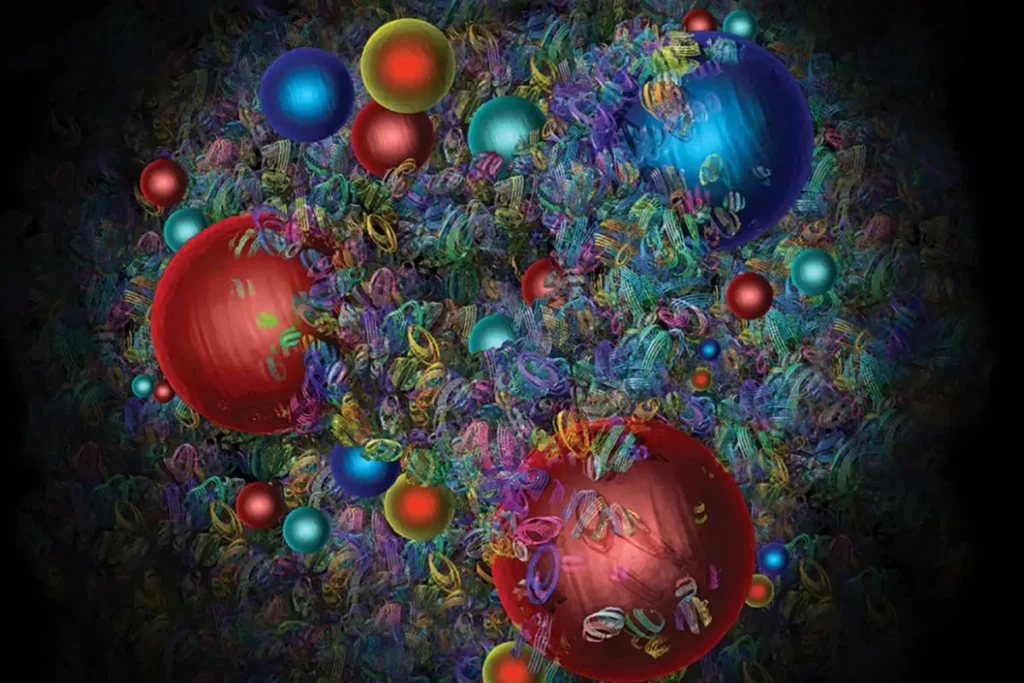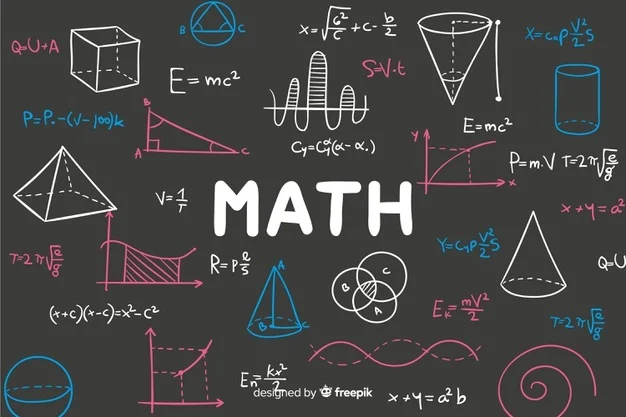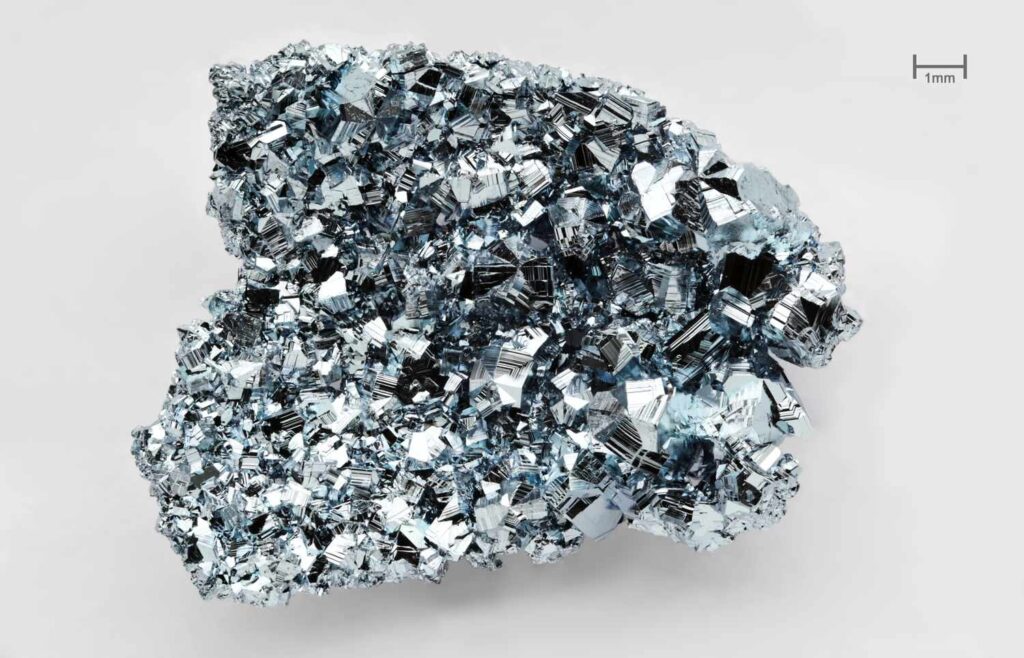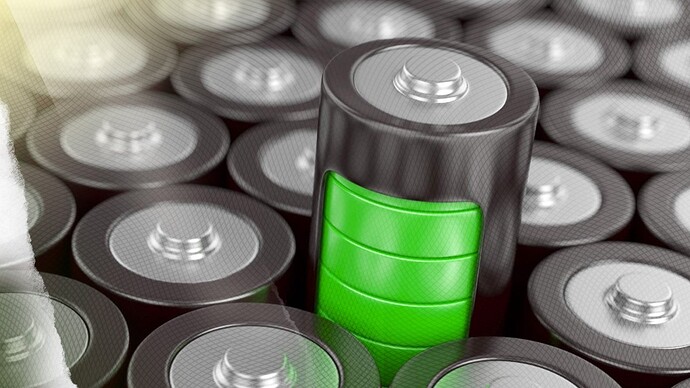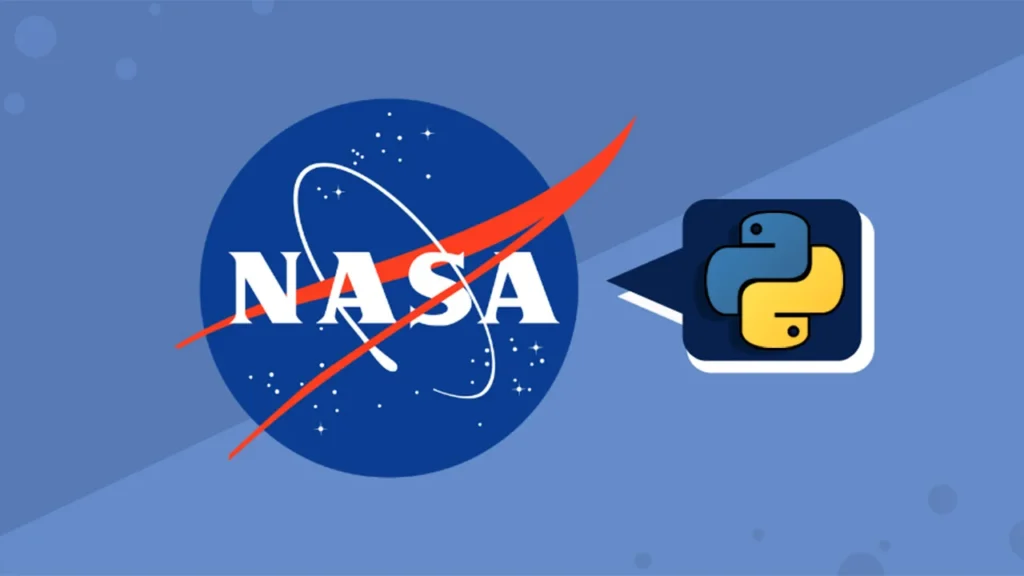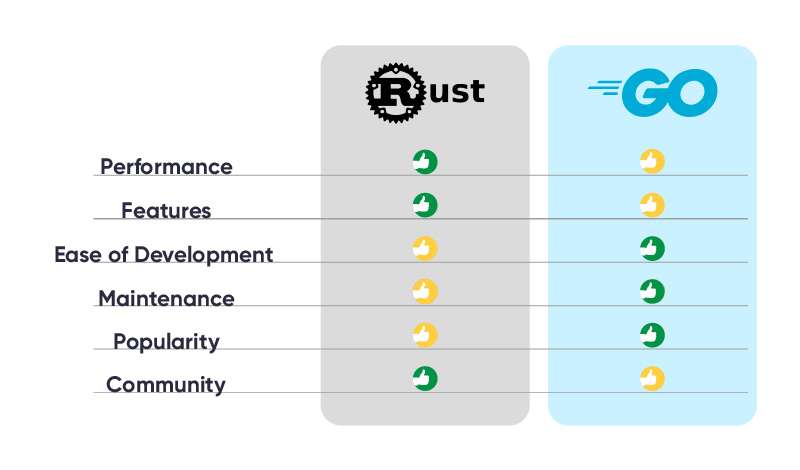Is Biology Easier Than Chemistry?
Determining whether biology is easier than chemistry is subjective and depends on individual preferences and strengths. Biology often involves tangible phenomena and relatable concepts, such as the study of living organisms and their interactions. This can make it seem more accessible to some students. However, biology also requires memorization of terminology and complex processes, especially […]
Is Biology Easier Than Chemistry? Read More »


